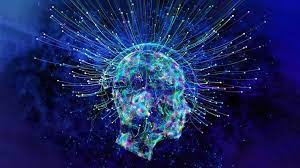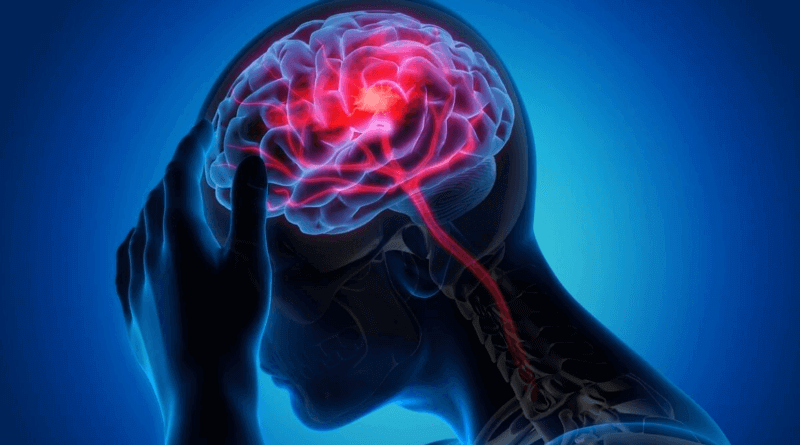Neuroscience

- Repoter 11
- 23 Mar, 2022
Neuroscience is a multidisciplinary field of science that focuses on the study of the nervous system, which includes the brain, spinal cord, and peripheral nerves. It seeks to understand the structure and function of the nervous system, as well as the relationship between the nervous system and behavior, cognition, emotions, and various bodily functions.
Key areas of study within neuroscience include:
Neuroanatomy: This branch of neuroscience examines the structure and organization of the nervous system, including the different regions and parts of the brain and their functions.
Neurophysiology: Neurophysiology explores the electrical and chemical processes that occur within the nervous system, including the generation and transmission of nerve impulses.
Neurochemistry: This area focuses on the study of neurotransmitters and other chemicals in the brain and their role in neural communication and behavior.
Cognitive Neuroscience: Cognitive neuroscience investigates how the brain processes information, memory, perception, and higher cognitive functions like decision-making and problem-solving.
Behavioral Neuroscience: Behavioral neuroscience studies the relationship between brain activity and behavior, examining how neural processes influence actions, emotions, and responses to stimuli.
Clinical Neuroscience: Clinical neuroscience applies knowledge from neuroscience to diagnose and treat neurological and psychiatric disorders, such as Alzheimer's disease, epilepsy, depression, and schizophrenia.
Neuroimaging: Neuroimaging techniques, such as MRI (Magnetic Resonance Imaging) and fMRI (functional MRI), allow researchers to visualize and study the structure and function of the brain in living individuals.
Neuropharmacology: This field investigates the effects of drugs and medications on the nervous system and is crucial in developing treatments for neurological and psychiatric conditions.
Neuroscience is an interdisciplinary field that draws from various disciplines, including biology, psychology, chemistry, physics, and computer science. It has made significant advances in our understanding of the brain and its functions, leading to insights into brain development, learning, memory, emotions, consciousness, and the treatment of neurological disorders.
The study of neuroscience has important implications for medicine, psychology, education, and various other fields, as it helps us better comprehend the complex workings of the nervous system and the intricate relationship between the brain and behavior.
Here are some additional aspects and subfields within neuroscience:
Neurodevelopment: This area focuses on the study of how the nervous system develops from embryonic stages through adulthood. It examines processes like neurogenesis, neural migration, and the formation of neural circuits.
Neuroplasticity: Neuroplasticity, or brain plasticity, is the brain's ability to reorganize and adapt throughout an individual's life. It plays a crucial role in learning, memory, and recovery from brain injuries.
Neuroethics: Neuroethics explores the ethical and moral implications of neuroscience research and its applications, including issues related to brain enhancement, neuroimaging in legal contexts, and the privacy of brain data.
Computational Neuroscience: This interdisciplinary field uses mathematical models and computational techniques to simulate and understand complex neural processes, contributing to our understanding of brain function.
Systems Neuroscience: Systems neuroscience seeks to understand how different parts of the nervous system work together to perform specific functions, including sensory perception, motor control, and decision-making.
Neurobiology of Disease: This area focuses on the underlying neurological mechanisms of various diseases, including neurodegenerative diseases like Parkinson's and Alzheimer's, as well as neurodevelopmental disorders like autism.
Neuroimaging Techniques: Neuroscience utilizes various neuroimaging techniques, such as PET (Positron Emission Tomography), EEG (Electroencephalography), and CT (Computed Tomography), to study brain structure and function.
Neuroinformatics: Neuroinformatics involves the management, analysis, and sharing of neuroscience data and information, contributing to collaborative research and the development of neuroscience databases.
Neuroscience and Consciousness: This area explores the relationship between brain activity and conscious experiences, delving into questions about the nature of consciousness itself.
Neurobiology of Addiction: Research in this field investigates how drugs and substances affect the brain's reward system and can lead to addiction, helping to develop strategies for prevention and treatment.
Neuroscience and Education: Understanding how the brain learns and processes information has implications for educational practices and strategies, leading to the development of educational neuroscience.
Neuroscience and Artificial Intelligence (AI): Neuroscience research has inspired the development of AI and machine learning algorithms that aim to replicate or simulate aspects of human brain function.
Neuroscience continues to advance rapidly, with ongoing discoveries that deepen our understanding of the brain's complexity and its role in shaping human behavior and cognition. This knowledge has far-reaching implications, not only for scientific research but also for healthcare, technology, and society as a whole.
Leave a Reply
Your email address will not be published. Required fields are marked *
Prince Mahmud
Great Post
Prince Mahmud
Great Post
md shakil mia
Great Post
md shakil mia
Great Post
RDRudjYZfUSCRwkbIANCsZa
AjckENptguzDowkYWAB












